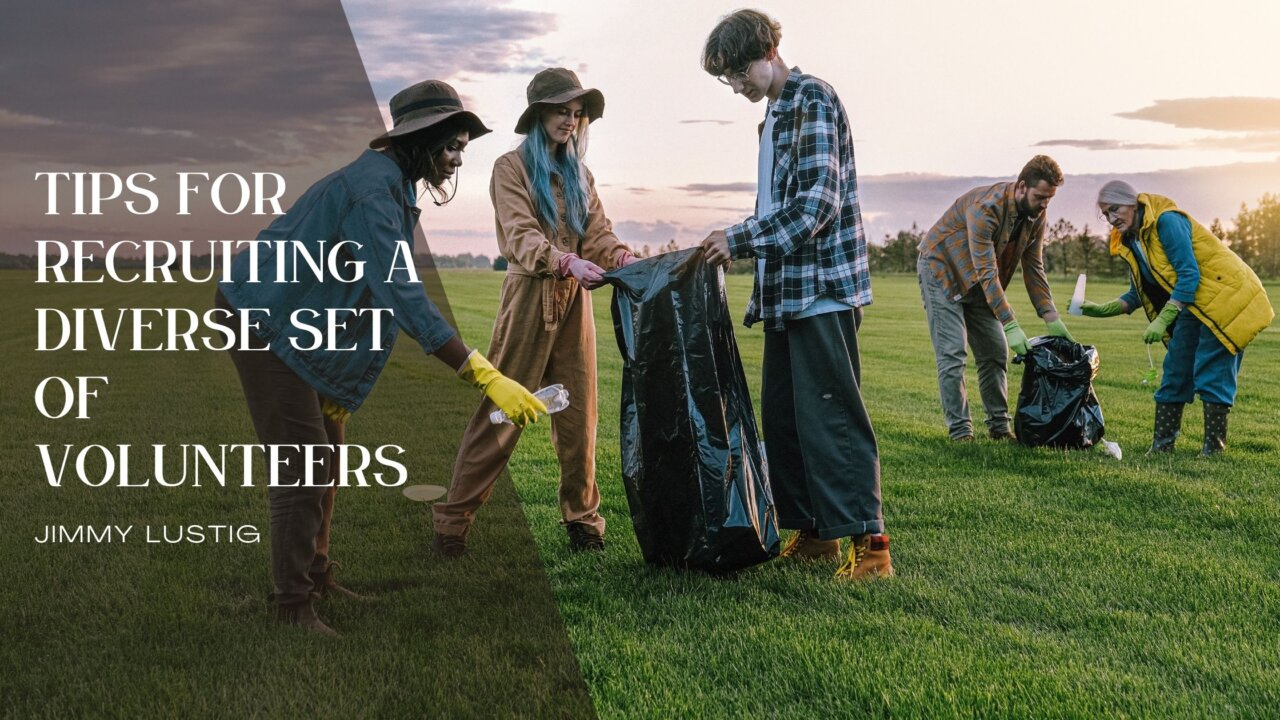The significance of diversity and inclusion cannot be overstated in the contemporary era. In the volunteering sector, this transcends the ideological commitment to equality and bears pragmatic importance. A diverse set of volunteers brings a variety of perspectives, ideas, and skills, which can immensely enrich a program. Moreover, diversity often enhances creativity and innovation, attributes essential for solving complex community issues.
The conversation around diversity in volunteerism isn’t new, but it has gained momentum in recent years due to global socio-political shifts. Historically, volunteer groups have often reflected a narrow demographic lacking racial, gender, age, or socio-economic diversity. Such homogeneity can unconsciously perpetuate biases and restrict the outreach and effectiveness of volunteer programs. Conversely, a diverse group can challenge stereotypical narratives and foster a richer understanding and solution-driven approach to community issues. Hence, recruiting various volunteers is not merely a token nod to modern-day inclusivity standards but a pragmatic strategy to enhance the efficacy and reach of volunteer-driven initiatives.
Creating an Inclusive Environment
At the heart of thriving, diverse volunteer recruitment lies an inclusive environment. An organization that respects and values the input of all individuals, regardless of their background, naturally attracts a diverse volunteer base. Building an inclusive environment requires a proactive, intentional approach, setting a solid foundation for attracting diverse volunteers.
- Diversity Training: Conduct diversity and inclusion training for existing members to create awareness about unconscious biases and foster a culture of acceptance.
- Inclusive Language: Utilize inclusive language in recruitment materials to appeal to a broader group of potential volunteers.
- Accessibility: Ensure physical and digital accessibility to accommodate volunteers with varying abilities and tech-savviness.
Community Engagement and Partnerships
Effective community engagement and forming partnerships with diverse local groups can significantly boost volunteer diversity. By being present and active in the community, organizations can organically attract various volunteers, enriching their programs and services.
- Community Outreach: Engage with different community groups, attending local events to spread the word about your volunteer opportunities.
- Partnerships: Partner with community organizations, schools, and businesses to tap into various demographic groups.
- Referral Programs: Encourage existing volunteers to refer individuals from their networks, creating a natural pathway for diversity.
Transparent Communication and Flexible Opportunities
Transparency in communication and offering flexible volunteering opportunities are crucial for attracting a diverse volunteer base. Through transparent communication and flexibility, organizations can remove barriers to participation, making volunteering accessible to a broader demographic.
- Clear Communication: Communicate the roles, expectations, and benefits of volunteering to appeal to different motivations.
- Flexible Schedules: Offer various volunteering schedules to accommodate individuals with differing availability due to work, school, or family commitments.
- Remote Volunteering: In a digital age, remote volunteering opportunities can open doors to individuals who may otherwise be unable to participate.
The importance of recruiting a diverse set of volunteers reverberates far beyond surface-level inclusivity. It’s about harnessing a rich tapestry of perspectives to enhance problem-solving, creativity, and community engagement. Achieving diversity in volunteer recruitment is not an accidental occurrence but a result of thoughtful, deliberate actions. Organizations can significantly broaden their volunteer base by fostering an inclusive environment, engaging with the community, and ensuring transparent communication.
